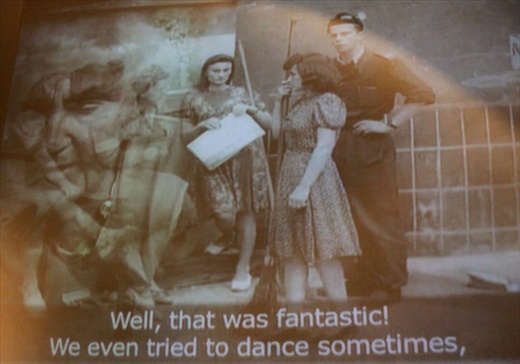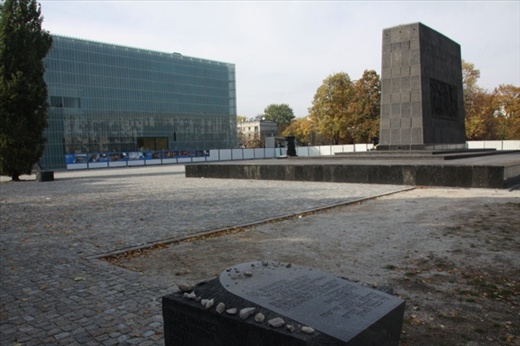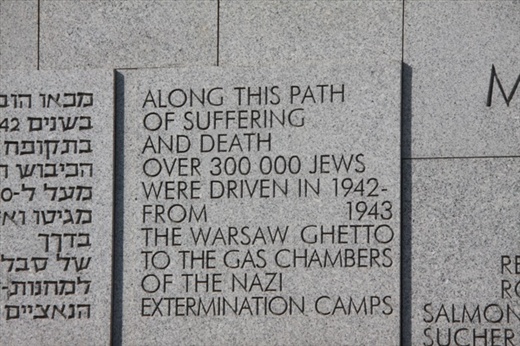Poland was the first country attacked by Nazi forces, September 1, 1939. five years later - five years of depravation and domination during which they watched their Jewish neighbors being shipped to Treblinka - the residents of Warsaw fought back. The Warsaw Uprising, or "The Rising" was a while in the making. Partisan units had been organized in most of the factories and neighborhoods, each with its distinctive red and white armband. They were armed with an assortment of weapons, some home-made. On "W-Day," August 1, 1944, the units began to carry out their missions. Civilans helped erect barricades at strategic locations, euphoric as only idealistic youth with nothing to lose - except their lives - can be.

Thsoe who were there reminisce about the Rising
All this and more is recorded in the Warsaw Rising Museum. Set in a former power plant for the tram lines, it shows Warsaw from the Nazi invasion to the Soviet occupation through photos, film footage, authentic battle sounds and reminisces of those who manned (and womanned) the barricades and did the fighting throughout the month of August. Entire rooms are devoted to the myriad weapons they used, always frugally since ammunition was at a premium. Even more scarce at times were food and water.
The Nazis were surprised. They suffered many defeats, forced from strategic buildings. In the end, thanks to more troops and materiel and a satanic lust for revenge, they prevailed. For the entire month of August, 1944, Warsaw burned. Air raids and artillery fire destroyed entire neighborhoods, forcing civilians to seek shelter underground, or wherever they could find it. By the end of the month the population of Warsaw declined from 1.3 million to 800,000 and the city was laid to waste. We watched a digitally enhanced 3-D film of a fly-over of Warsaw after the Rising and the only landmark we could identify was the Vistula River! I can't imagine that Dresden or Hiroshima looked any worse. War certainly is hell.
One section that amazed me, something I wouldn't have considered even if I were one of the partisan fighters, was the production of counterfit money and identification documents. The money was needed to pay for air-drops of weapons from the West. Impeccable identification was essential for any kind of travel for the SS might demand, "Your papers!" at any time.

Real of Fake, Don't Leave Home Without it!
I was a bit shell-shocked as we walked towards the soon-to-open Museum of the History of Polish Jews and the nearby Ghetto Heros Monument. In a way I am glad it won't open until we have left. I don't think I could handle all that in a single day.

Museum of History of Polish Jews and Ghetto Heros Monument
We ended up at the Umshlagplatz Memorial, the site of the railhead where Warsaw's Jews were packed into boxcars and transported to the death camp at Treblinka. And not only the Jews; Catholic priests, Lutheran ministers and anyone who stood up to the Nazis met the same fate unless they were lucky enough to get a bullet in the head first.

Umshlagplatz, where trainloads of Jews departed for the Treblinka death camp